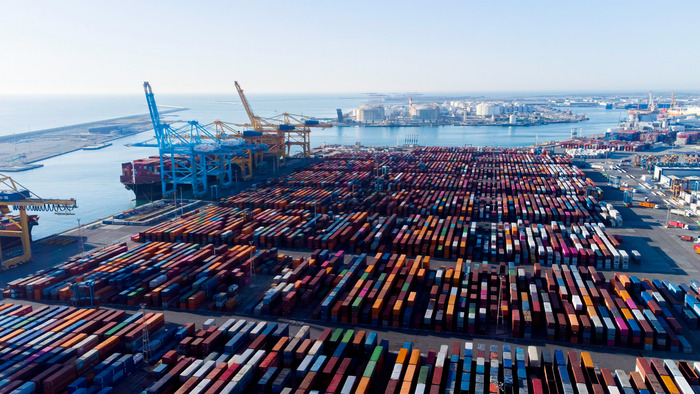From Port to Shelf: How Tariffs Shape Everyday Prices
- By [ Blake Harden ]
- 06/03/2025
When a tariff is imposed, it increases the cost of importing that product. For example, if a retailer imports $1 million worth of backpacks and a 25% tariff is applied, that’s an additional $250,000 in costs. Those additional costs are paid by the retailer at the border – before the backpacks are offered for sale in the United States, potentially creating cash-flow challenges. Retailers must then decide how to manage that increase.
This decision-making process affects everything from product availability to seasonal promotions. In some cases, retailers may be forced to reduce the variety of products offered or delay shipments. Trying to shift sourcing to countries not subject to tariffs can take months or even years to implement.

Retailers often face a delicate balancing act. They must weigh the benefits of absorbing tariff costs against the potential impact on their bottom line. Absorbing costs can help maintain customer loyalty and market share, but it may also lead to reduced or eliminated profitability. On the other hand, passing costs onto consumers can risk alienating price-sensitive shoppers and driving them to competitors.
Understanding the intricate dynamics of tariffs and their impact on the retail supply chain is essential for both businesses and consumers. By staying informed about trade policy and its implications, stakeholders can make more informed decisions and navigate the complexities of the global marketplace.
Tags
-
Public Policy
-
International Trade
-
Supporting Free Markets and Fostering Innovation
-
China Trade Tariffs


